For those struggling with uneven skin texture, discoloration, or persistent blemishes, mastering the art of flawless base makeup is nothing short of a revelation. The journey to achieving a seamless complexion begins with understanding the nuanced relationship between your skin’s imperfections and the products designed to counteract them. Unlike the one-size-fits-all approach often touted in beauty tutorials, true expertise lies in adapting techniques to individual skin types and concerns.
The foundation of any great makeup look is, unsurprisingly, foundation itself. However, the critical step that many overlook is the preparation of the skin before a single drop of product is applied. Hydration plays a pivotal role here—dry patches and excess oil can both sabotage even the most carefully applied makeup. A well-moisturized face creates a smooth canvas, allowing concealer and foundation to blend effortlessly rather than clinging to rough or oily spots. For those with particularly problematic skin, a primer tailored to their specific issues—whether it’s redness, large pores, or uneven texture—can make all the difference.
Color correction is where science meets artistry. The concept is simple: neutralize unwanted tones with their opposites on the color wheel. For instance, a green-tinted corrector counteracts redness, while peach or orange hues balance out dark circles on deeper skin tones. The key is to apply these correctors sparingly and blend them thoroughly before layering on concealer. Over-application can lead to a cakey finish or even exacerbate the very issues you’re trying to mask. It’s a delicate balance that requires patience and practice.
When it comes to concealer, the common mistake is opting for a shade that’s too light in an attempt to brighten. In reality, this often results in a stark, ashy appearance that draws more attention to the area. Instead, selecting a concealer that matches your foundation or is just a half-shade lighter ensures a natural-looking finish. The application technique matters just as much as the product choice—gently patting the product into the skin with a fingertip or damp sponge builds coverage without disturbing the corrector beneath.
Layering products in the correct order is non-negotiable for a long-lasting finish. A common misconception is that piling on thick layers of concealer will provide better coverage. In truth, thin, buildable layers of product applied in the right sequence yield far better results. Start with color correction, follow with a light layer of foundation, then spot-conceal only where necessary. This approach prevents the dreaded "mask effect" and keeps the skin looking like skin—just more refined.
For those with textured skin or acne scars, the final step involves a strategic use of light-reflecting products. A subtle dusting of translucent powder sets the makeup without adding unnecessary weight, while a finely milled luminous powder applied to the high points of the face can deflect attention from any remaining imperfections. It’s worth noting that over-powdering can emphasize texture, so restraint is crucial. The goal is to create dimension, not to flatten the face entirely.
The tools you use are just as important as the products themselves. Brushes with densely packed synthetic fibers excel at stippling product over blemishes, while a damp beauty sponge is ideal for pressing makeup into the skin for an airbrushed effect. Clean tools are essential—dirty brushes or sponges can harbor bacteria that worsen breakouts. Investing time in maintaining your tools is an investment in the health of your skin.
Ultimately, the philosophy behind covering imperfections isn’t about masking your skin entirely, but rather enhancing its natural beauty. The most convincing makeup looks are those that appear effortless, as if you woke up with flawless skin. This requires not only the right techniques but also a mindset shift—perfection is less about the absence of flaws and more about the harmony of the overall look. With practice, the right products, and a thoughtful approach, anyone can master the art of complexion perfection.
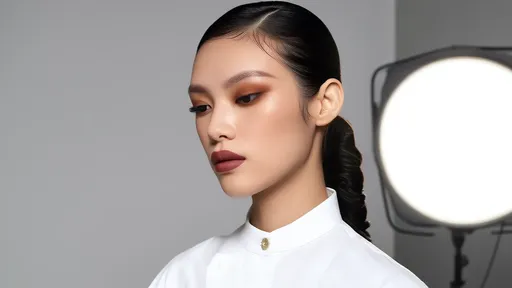
By /Jun 28, 2025

By /Jun 28, 2025
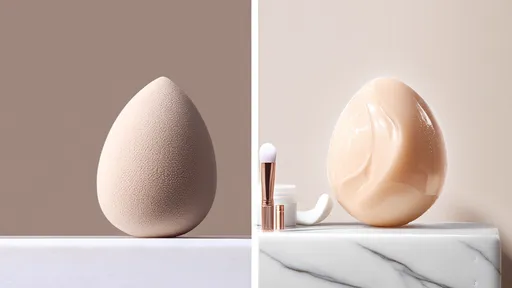
By /Jun 28, 2025

By /Jun 28, 2025

By /Jun 28, 2025

By /Jun 28, 2025
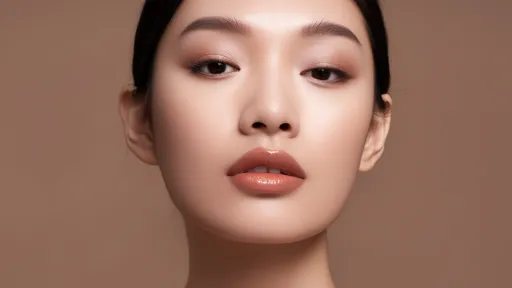
By /Jun 28, 2025
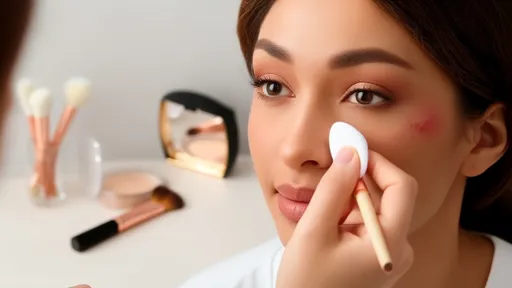
By /Jun 28, 2025

By /Jun 28, 2025

By /Jun 28, 2025

By /Jun 28, 2025
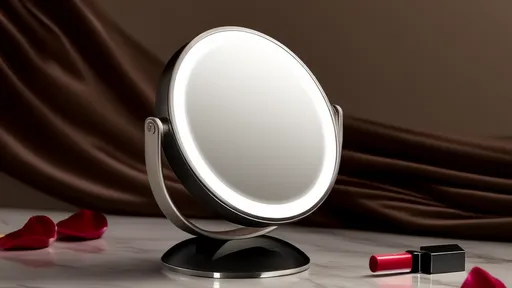
By /Jun 28, 2025
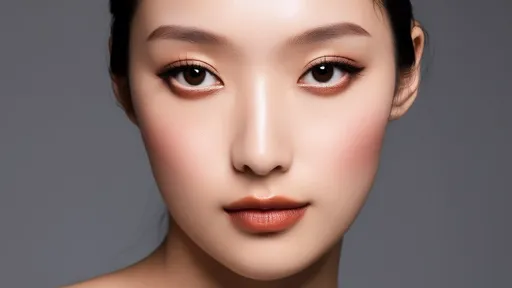
By /Jun 28, 2025

By /Jun 28, 2025
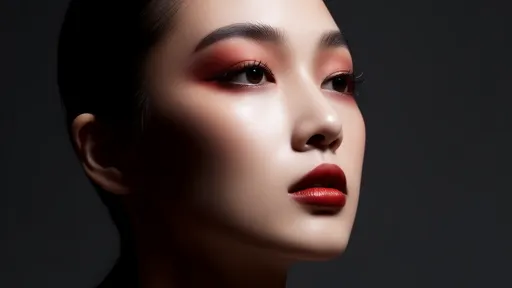
By /Jun 28, 2025

By /Jun 28, 2025
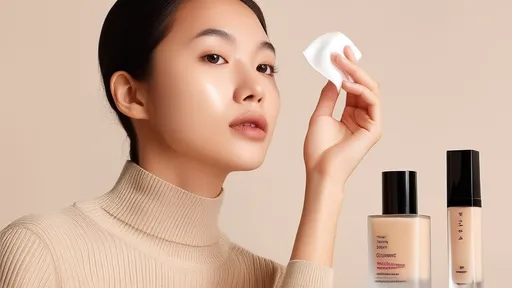
By /Jun 28, 2025